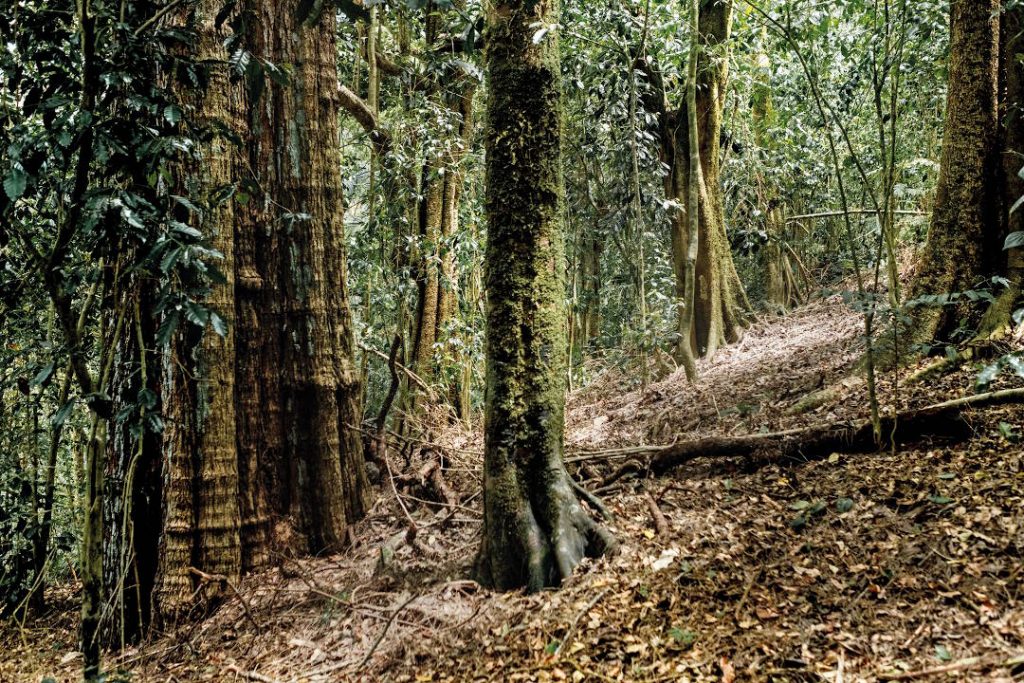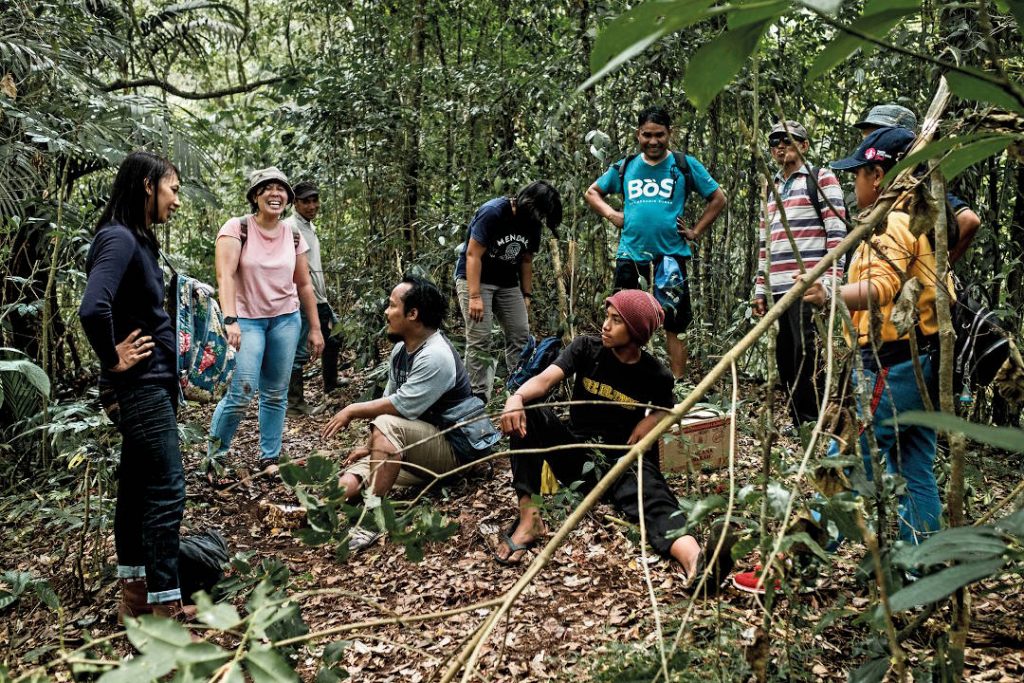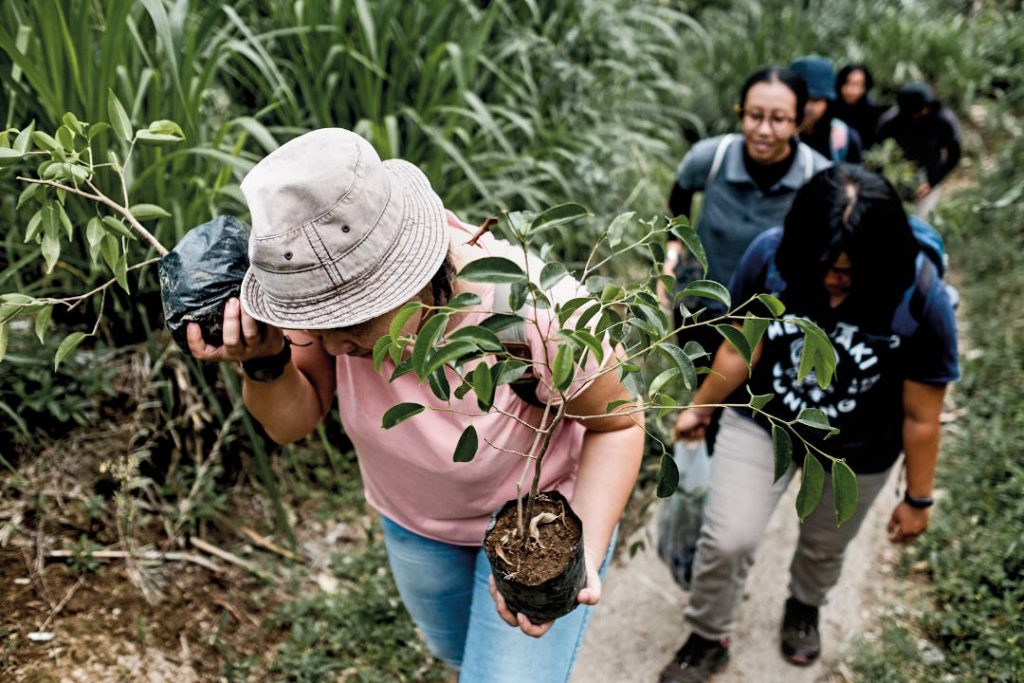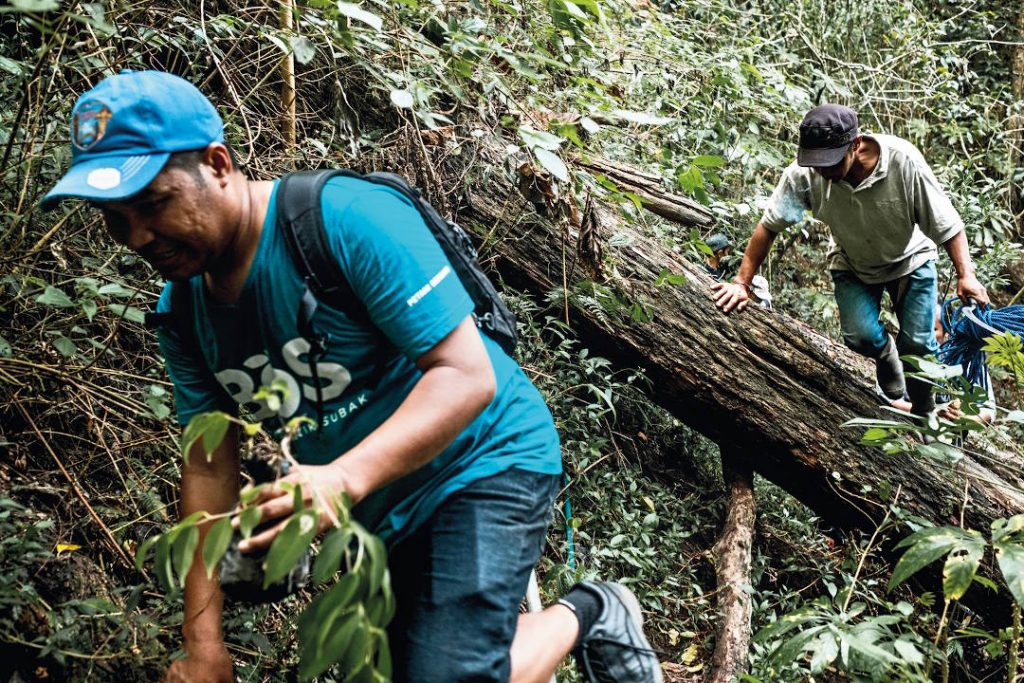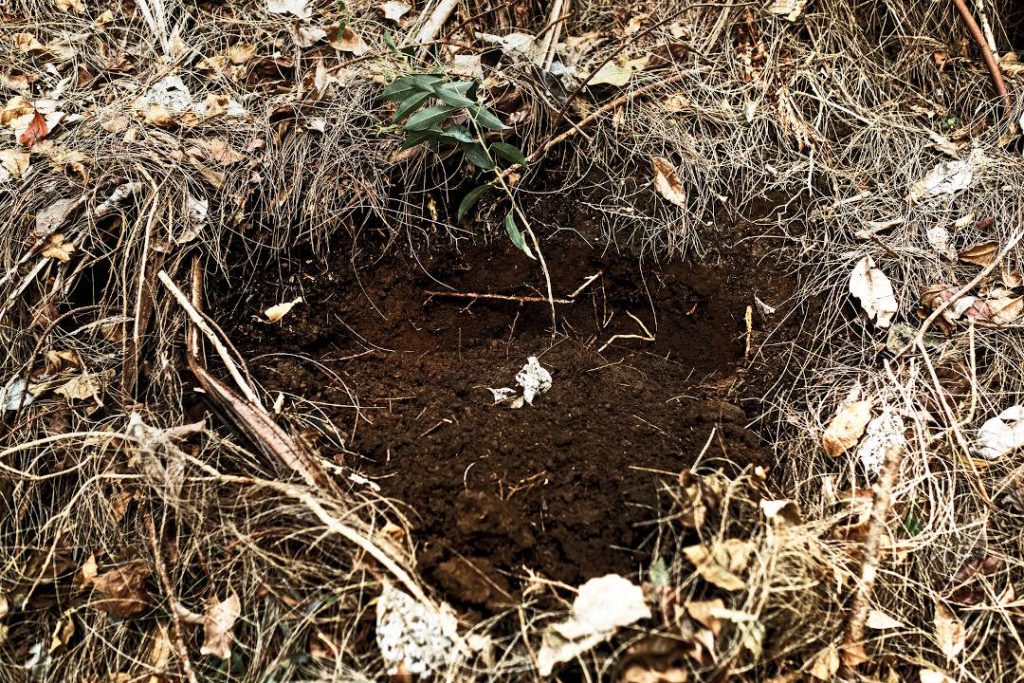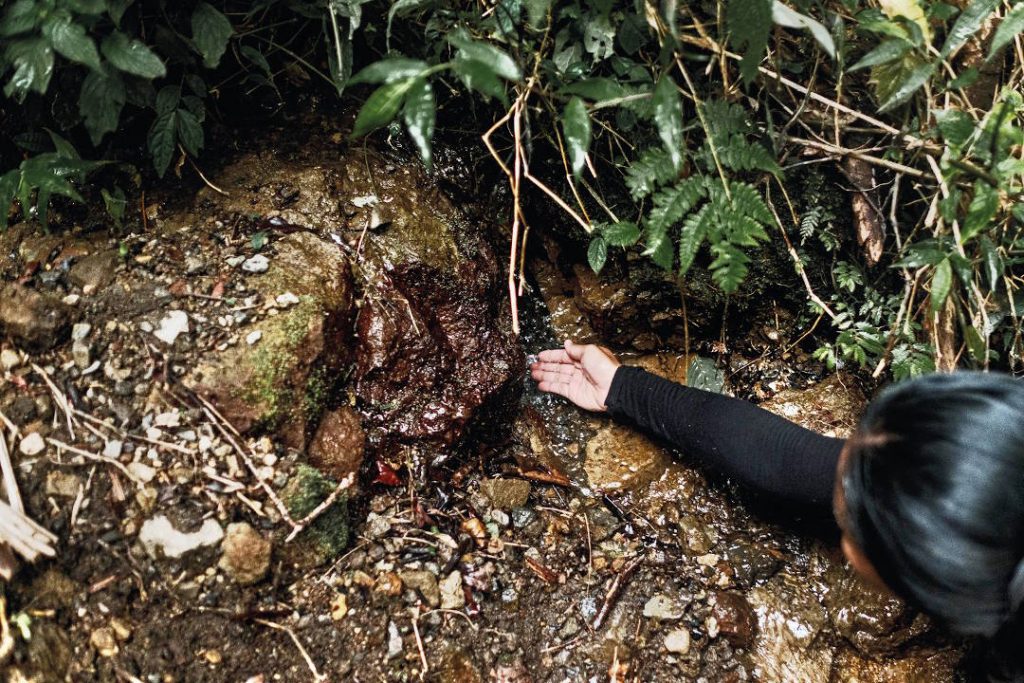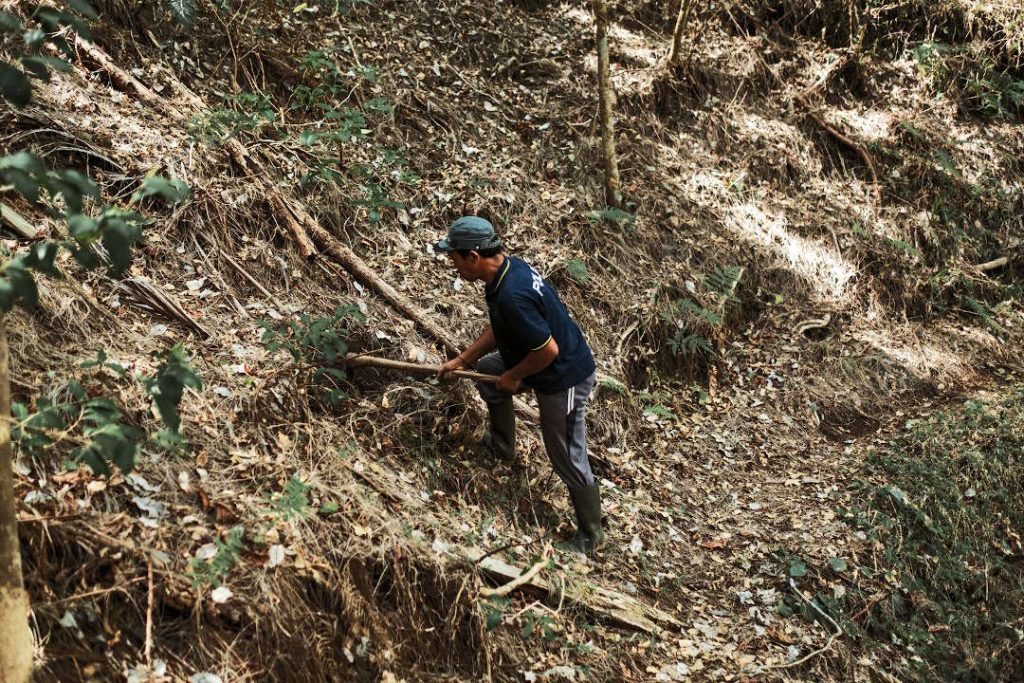The Balinese Hindu believe that we can balance the spiritual, human and environmental through ‘yadnya’, the holy offerings. This is intimately intertwined with rituals and the instruments involved.
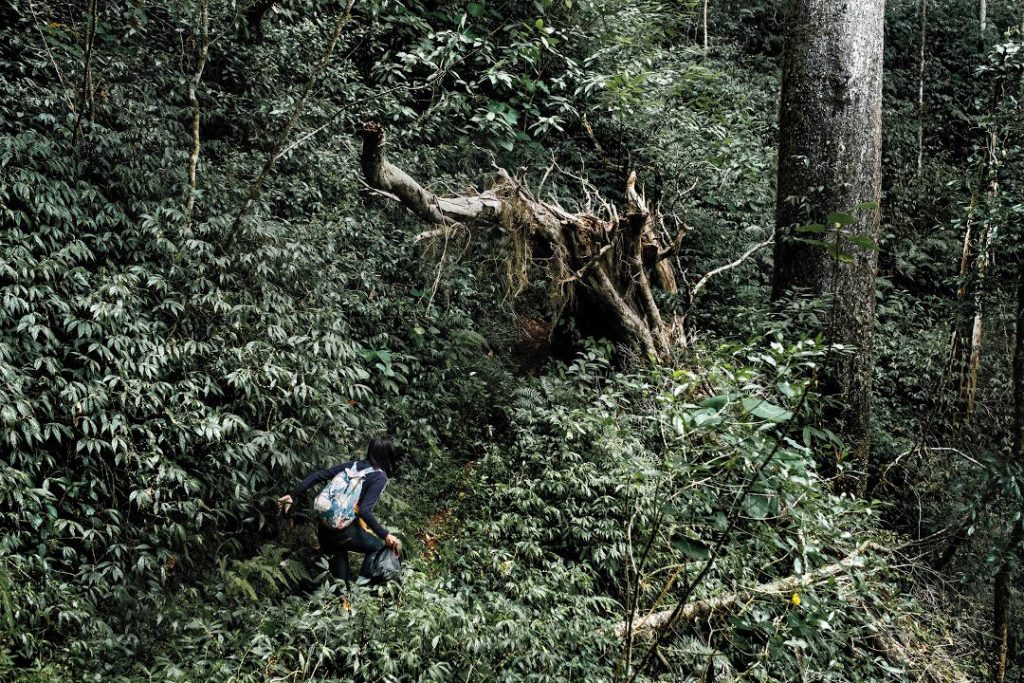
An unusual dry season, flooding, water scarcity, air pollution, all of these are good reasons for a big ritual, often seen as a way to overcome the shortcomings faced in reality. On December 06, Parisada Hindu Dharma Indonesia (Indonesia Hinduism Society) Bali performed the Nunas Sabeh Mapag Toya ritual, with the hope that afterwards rain would fall upon on the island during what was a longer than usual dry season. Then, lo and behold, rain fell in Bali.
For Agung Wedha, a young and modern farmer who is also the founder of Bali Organik Subak and “Petani Muda Keren” (young and cool farmers), yadnya is not simply about the vertical relationship between humans and God. It is also about our real life, everyday practices towards the earth that help to keep order and maintain the balance we seek.
In early December 2019, Agung and his community, Petani Muda Keren, explored Merta Jati forest in the Lesung hills around Tamblingan Lake, Buleleng to plant 120 banyan tree seeds. From a spiritual perspective, the banyan tree is known as the house of unseen spirits and is usually covered in cloth to signify its sacred nature. From a tangible perspective, the banyan tree is special in that is is able to retain groundwater and create a water supply to support life.
Bali has experienced a big increase in its population, of both residents and tourists. According to Statistics Indonesia, in 2018 3.8 million residents and 6 million for tourist were accounted for – 2020 is likely to see an increase of both of those numbers. This increasing number is coupled with the lifestyle changes from farmer’s traditional life towards modern tourism industries, in which to facilitate needs a higher level of water consumption.
The demand for water from the tourism industry is by far superior to that of local inhabitants – at least 3 times more (about 150-200 litres + per person per day versus 30-50 litrrs for the latter). The tourism industry alone is said to be using 65% of Bali’s water resources (source: IDEP Foundation and a case study from Bali by Stroma Cole ‘A political ecology of water, Equity and Tourism’).
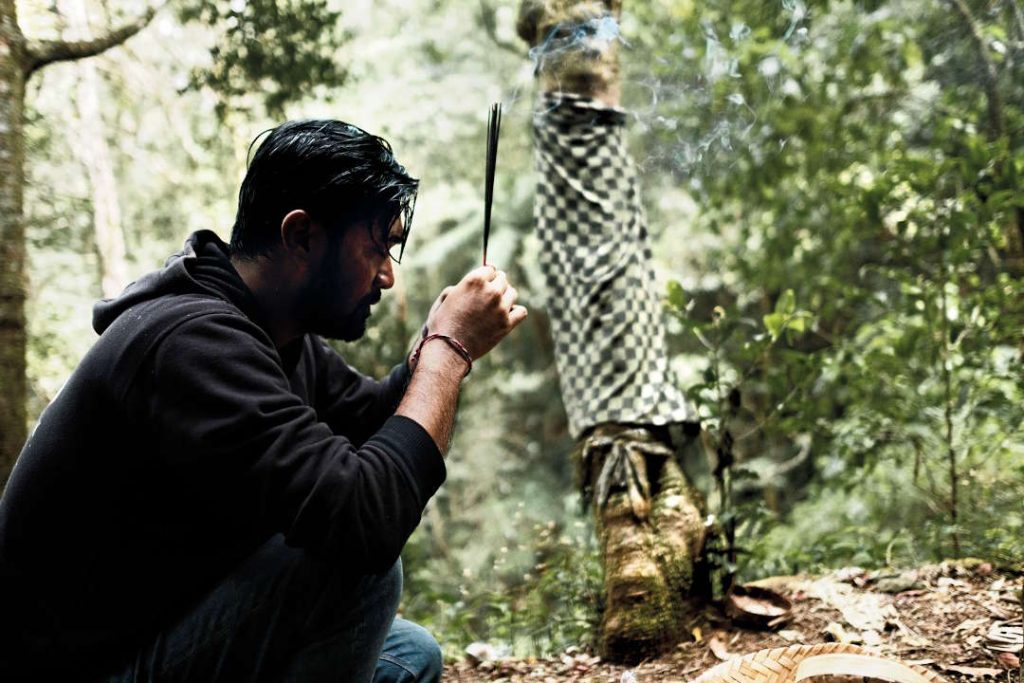
Agung and his community implement a ‘real life’ practice of Bhuta Yadnya, the holy sacrifice to preserve the environment. A practice that goes beyond just prayers. As a farmer, Agung understands his dependency on water for a successful harvest. Thus, a simple act of gratitude to give back to nature is an important part of keeping the balance, both with the spiritual world and the tangible natural world.
